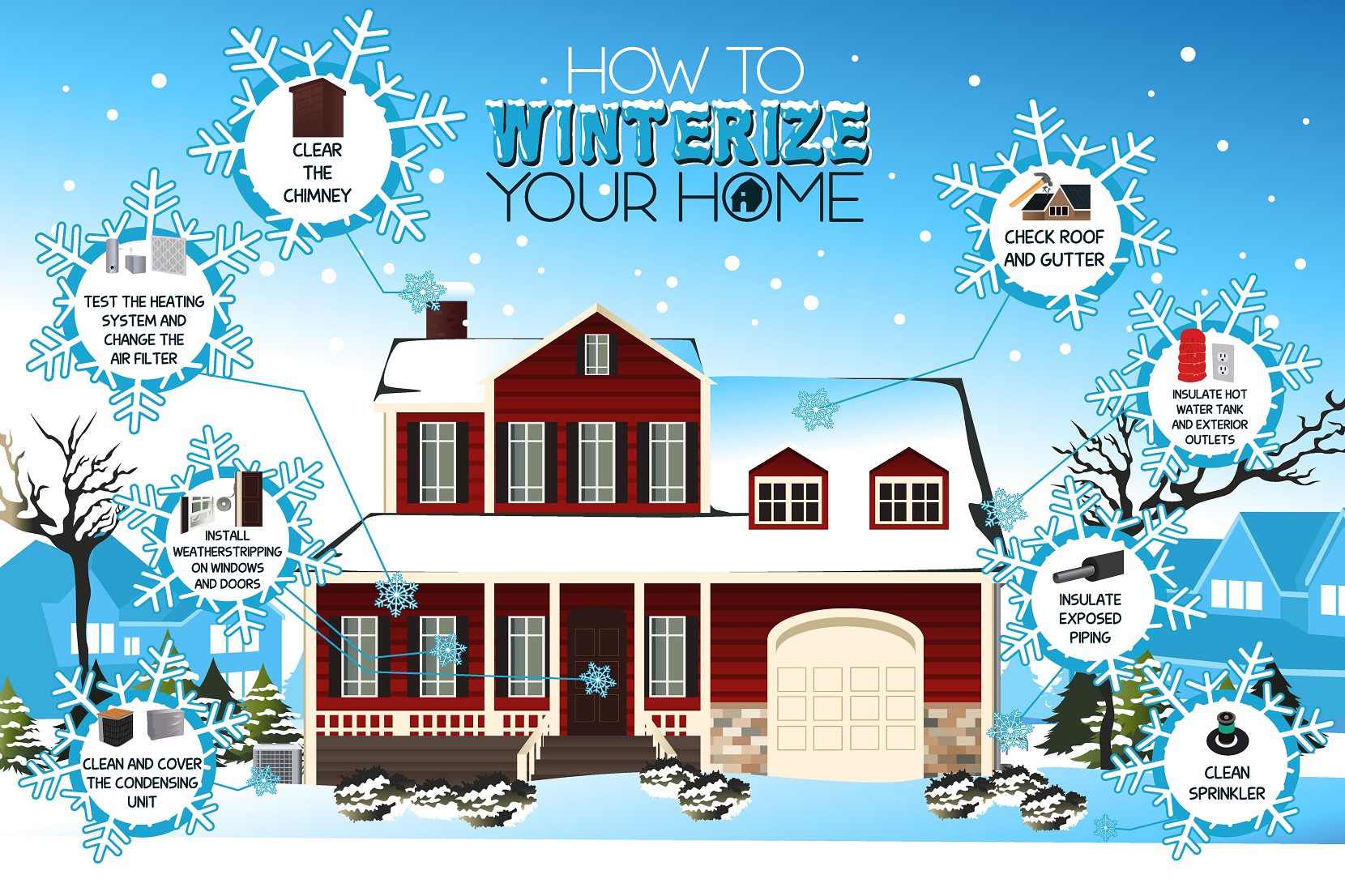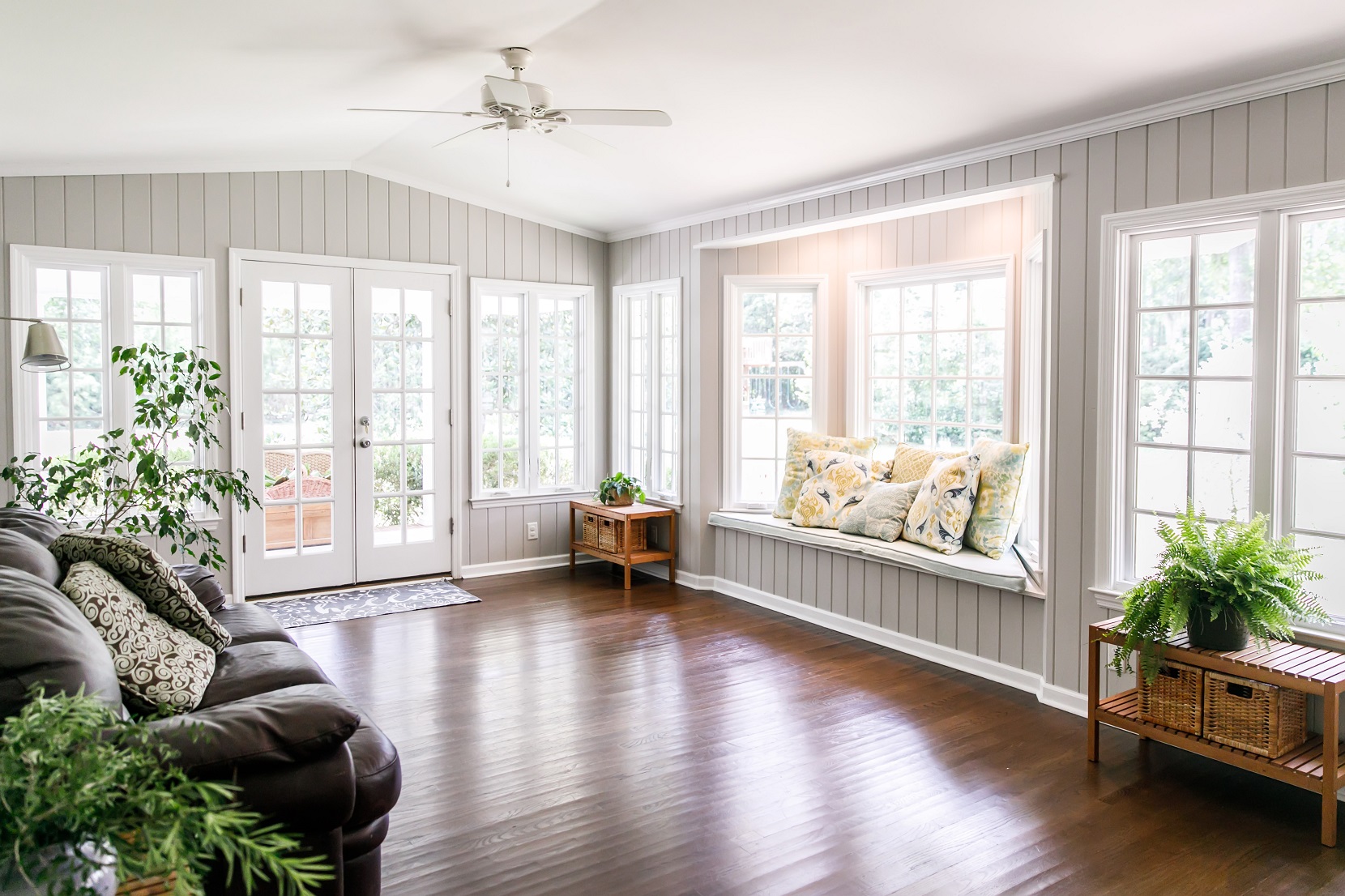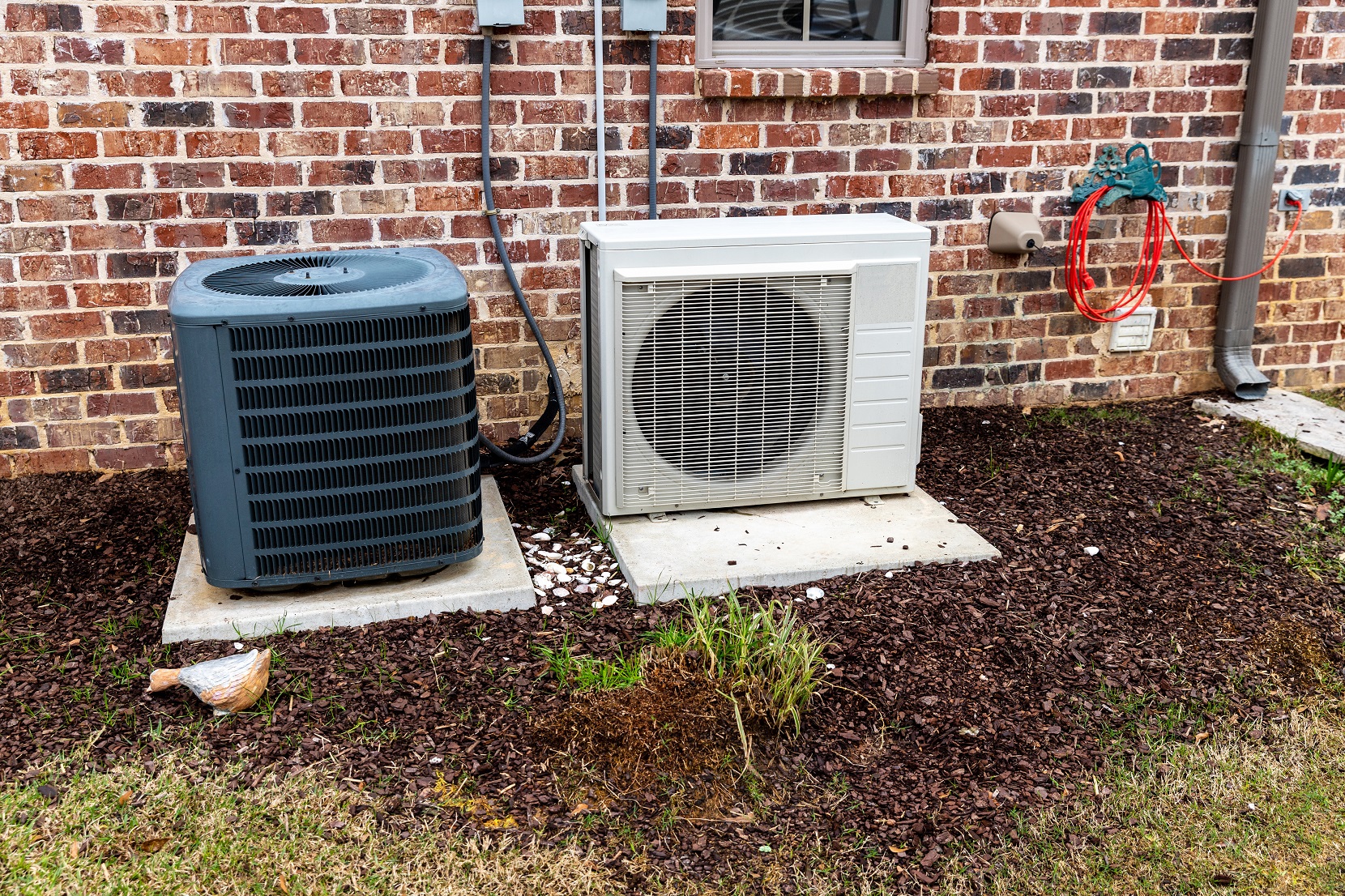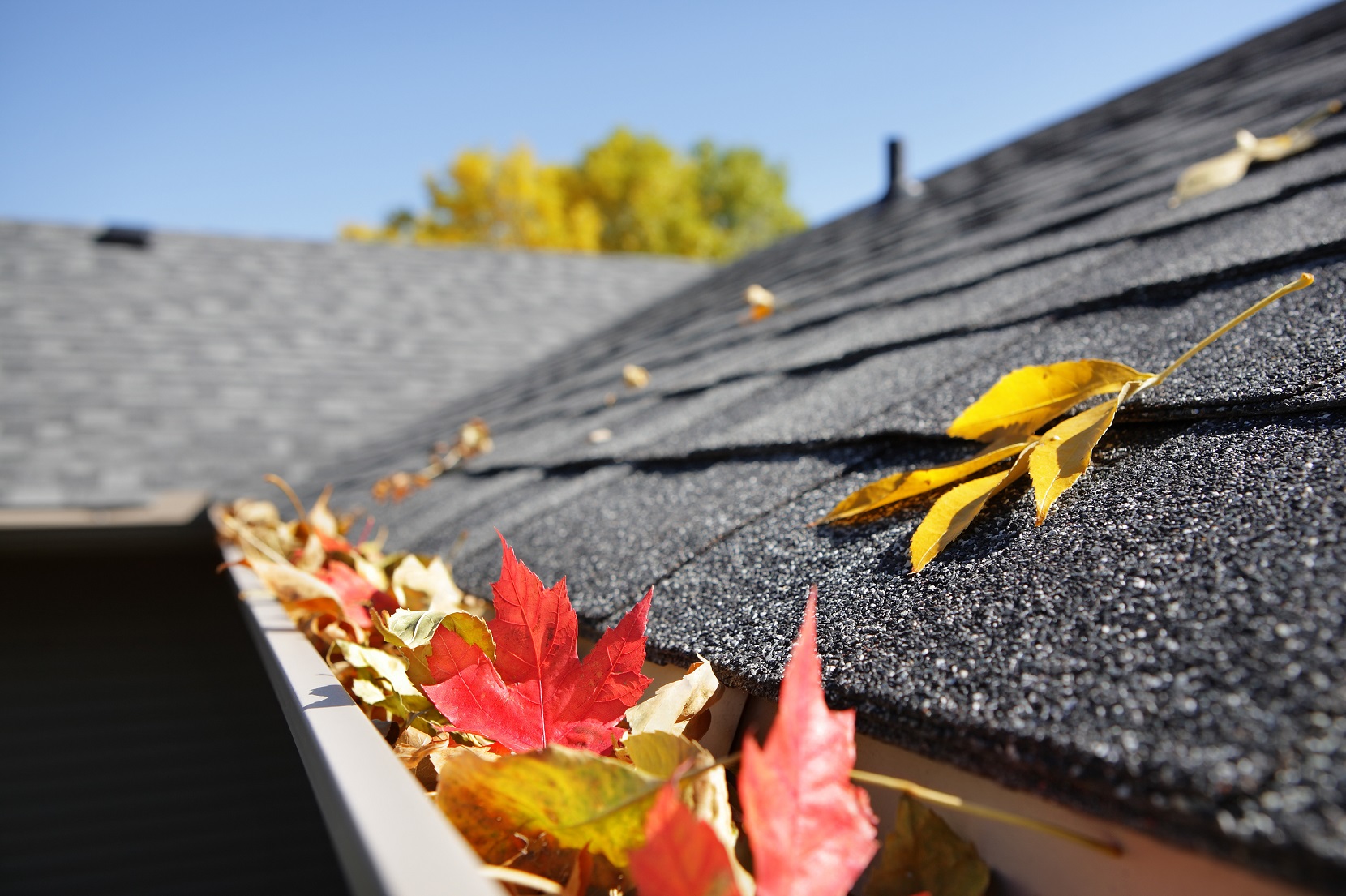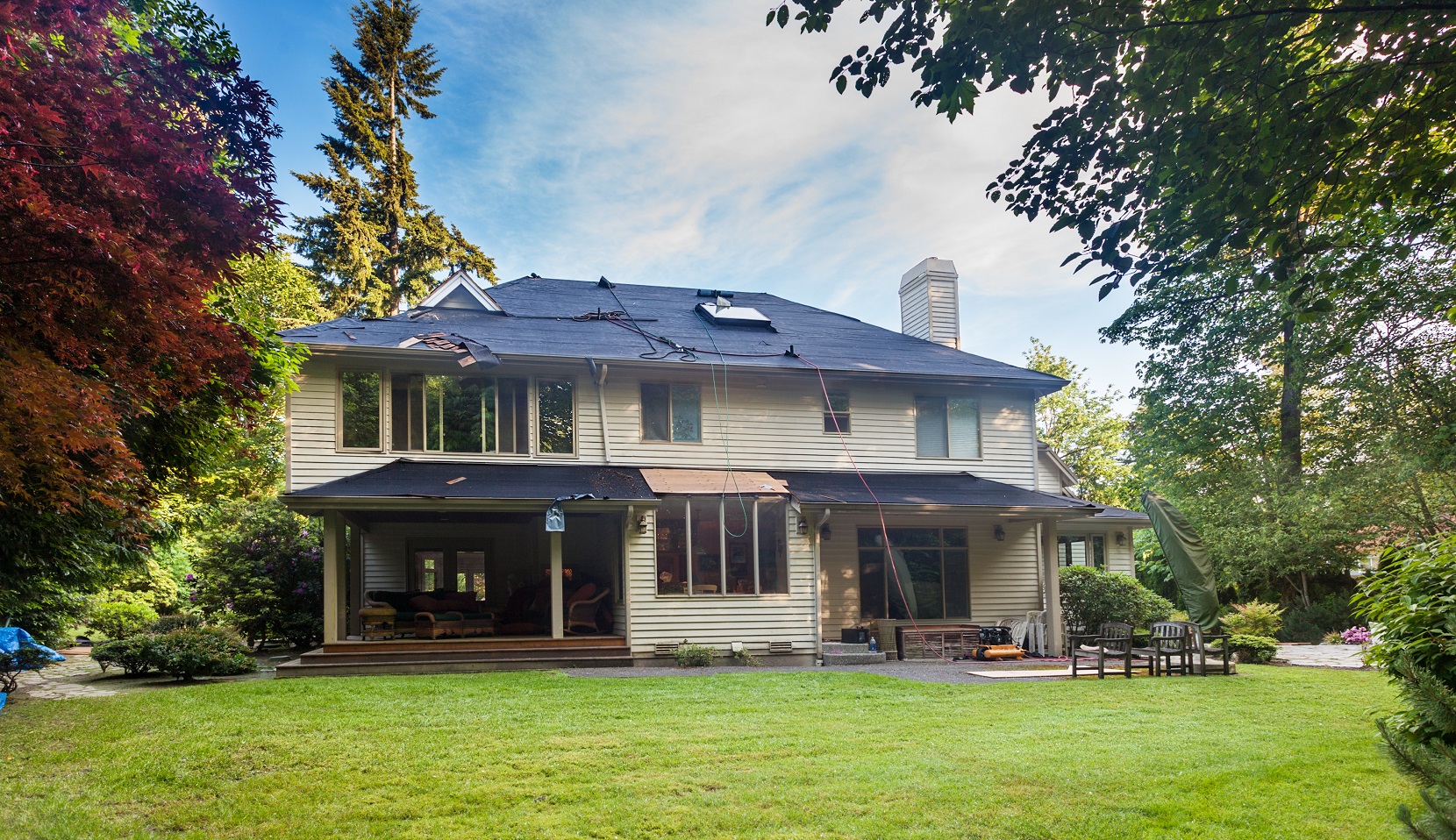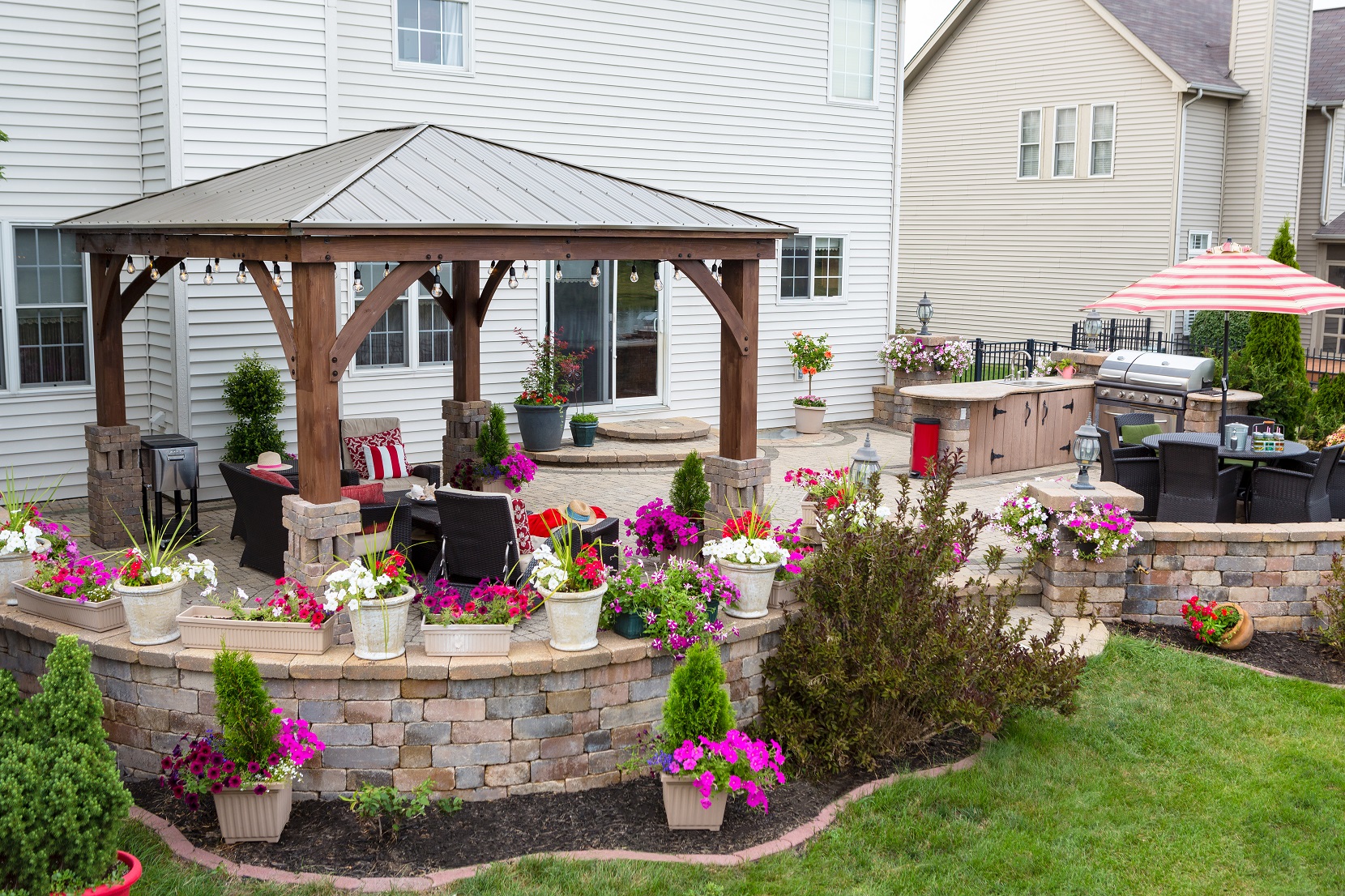If you can feel the chill in the air already, you may be one of the many homeowners who dread the winter in their homes. Your home is where you want to feel cozy and warm, so let us show you how to prepare your home for the winter.
We have created a guide to help you winterize your house to ensure you won’t end up spending a fortune on electricity bills if you properly prepare your home for the cold and wet winter months in the Pacific Northwest.
6 Effective Tips for Winterizing Your Home
Here are our 6 tips for winterizing your home (that don’t include simply buying a heater).
Fix the Cracks
This is a very simple place to start: plug up any holes or cracks around the outside of your home. Any gaps where air can get in is a place where the cold can come along with it.
Look for these cracks and gaps near windows, doors, and hose faucets. You can use a good-quality acrylic latex caulk or expanding foam sealant to close any gaps. It is no good having a warm home if the warm air keeps getting replaced with the cold.
Reverse Ceiling Fans
It may seem rather strange to speak about ceiling fans when we are trying to heat our houses up and not cool them down. Trust us, when winterizing your home, you want to reverse the blades on your ceiling fan.
Fans rotate counterclockwise when they are cooling a room down. This sends the cool breeze down into a room. In winter, a reverse rotation will force warm air that is trapped at the ceiling downwards for you to enjoy.
To reverse the blades you should find a setting on the motor housing or remote control. This is the easiest and cheapest tip to winterize your home if you have ceiling fans installed.
Make Sure Doors Are Airtight
The spaces on the top and bottom of the exterior doors are going to be hazardous going into winter. You need to make sure your doors are airtight in order to properly winterize your home.
Make sure the weatherstripping around the door is still in good shape. If not, make sure you get this redone before the cold months. If there are still gaps between the floor and the door, install a door sweep to close it up.
You can tell there are gaps between your door and the floor if you see any sunlight shine through. This is a good indication that your door is not airtight.
Clean Your Gutters
You want to ensure that water is flowing freely in your gutters. If you do not regularly clean and inspect them, a buildup of debris and dirt can occur. This is particularly bad in winter as this buildup can freeze.
Frozen debris can cause ice dams which will eventually affect the flow of your water and can end up damaging your roof, causing it to leak. Do yourself a favor and make sure your gutters and downpipes are clean and ready for the winter.
You should also make sure to trickle some cold water through your faucets regularly to ensure water is moving through the pipes and is not freezing.
Add Insulation In Your Attic
One of the most effective ways to winterize your home and keep that warm air in is to check the insulation in your attic. You may find you have too little insulation, which means it’s letting warm air escape up into the attic.
If this is the case, add insulation (usually a minimum of R-38 insulation) that is between 12 and 15 inches thick. This will help prevent warm air from flowing through it into your attic. Also make sure you caulk all seals, joints, and openings (like around ducts and pipes) so that there are no gaps for warm air to flow freely through.
Have Your Chimney Cleaned
It’s a good idea to have your chimney cleaned once a year in preparation for winter. Not only does this improve its heating efficiency, but it can help decrease the risk of a chimney fire. There could be debris or birds nests in your chimney that could catch alight and cause damage to your home.
Final Thoughts
Winter is nothing to fear if you have prepared well for it. No one wants to be stuck with a big electricity bill or a repair bill because their pipes froze over this winter. Luckily, you won’t have to worry about this if you follow our tips.
Most tips are easy to follow and you can simply do them yourself. You may want to get help when it comes to checking your gutters and looking for cracks and holes though. Sort out any issues now before they develop into big problems later on.
Now you and your home can simply say, ‘bring it on’ to the winter months.

